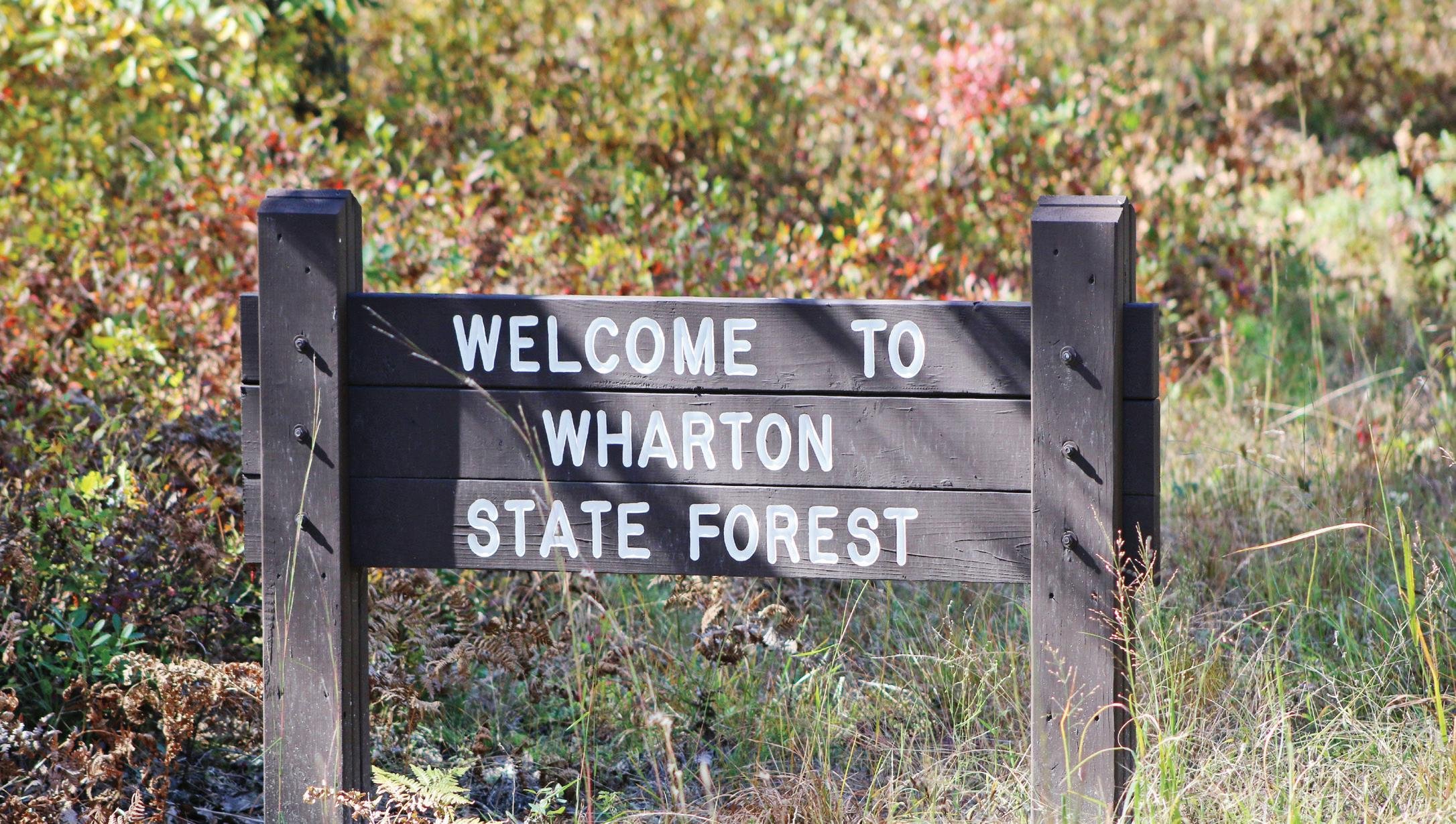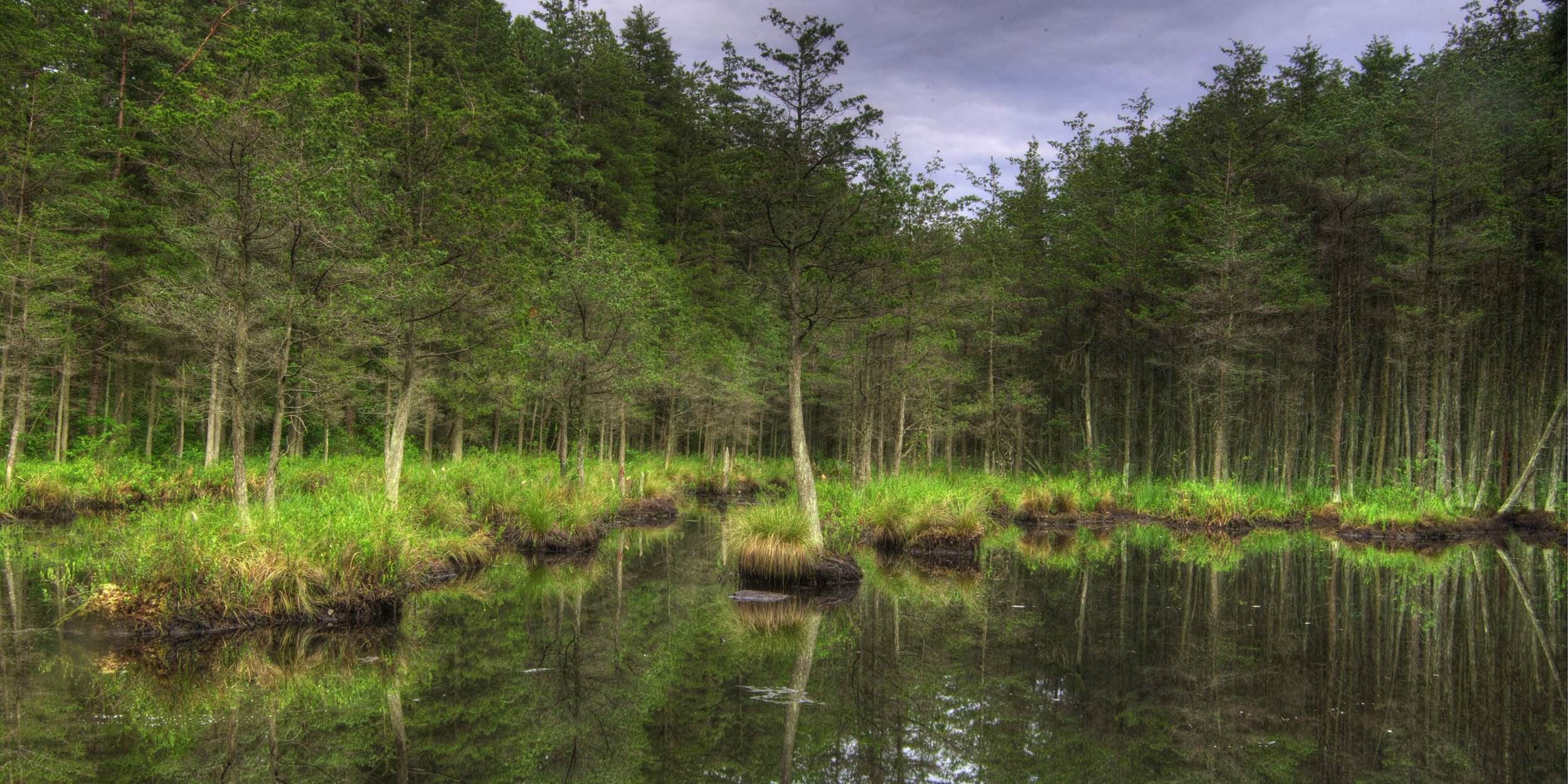New Jersey State Park Series: Wharton State Forest
The New Jersey State Parks system was founded in 1923 and today consists of 89 locations across the state, this is made up of a range of state parks (30), state forest (11), recreation areas (5), state marinas (5), and historical sites (38). The smallest state park is Barnegat Lighthouse State Park (23 acres) that includes the historical Barnegat Lighthouse, also known as Old Barney. If you drive west from Old Barney, you will shortly hit the largest state forest in NJ Wharton State Forest (115,000 acres). Wharton State Forest also includes one of the most unique habitats, the historical Pine Lands also known as the Pine Barrens. This area of NJ is said to be the home of the famous Jersey Devil.
The Pine Barrens, also known as the Pinelands, represent a significant natural and historical area in New Jersey, far from the stereotypical images often associated with the state. Covering 1.1 million acres, which is 22% of New Jersey's total land area, the Pine Barrens is the largest natural area on the Mid-Atlantic seaboard.
One of the prominent features within the Pine Barrens is Wharton State Forest, spanning approximately 122,880 acres across Atlantic, Burlington, and Camden counties. Its history dates back to the mid-1700s when sawmills began to appear in the region. Notably, the Basto Iron Works was established in 1766, leveraging local resources such as bog ore and pine trees for charcoal to support iron smelting. This site played a role in supplying the Continental Army during the American Revolutionary War.
Joseph Wharton, a Philadelphia businessman, purchased Basto and surrounding lands in 1876, encompassing over 100,000 acres. His interest extended beyond iron to the significant aquifer beneath the Pine Barrens. The sandy soil of the area acts as a natural filter, allowing about 50% of precipitation to reach groundwater, contributing to an estimated 17 trillion gallons of pure water in the aquifer. Wharton sought to tap into this resource to supply Philadelphia, but New Jersey legislation intervened with a law prohibiting the export of water.
In the 1950s, when plans for a massive jetport threatened the area, the state government stepped in to protect Wharton's estate. By 1956, the state had purchased nearly 96,000 acres, establishing Wharton State Forest. Further conservation efforts led to the creation of the Pinelands National Reserve in 1978, aimed at preserving the ecological and historical significance of the Pine Barrens.
Thus, beyond the popular media portrayals, the Pine Barrens and Wharton State Forest stand as testament to New Jersey's rich natural resources and historical heritage, playing pivotal roles in environmental conservation and regional history.
Click here for the link to my Pinelands Gallery




